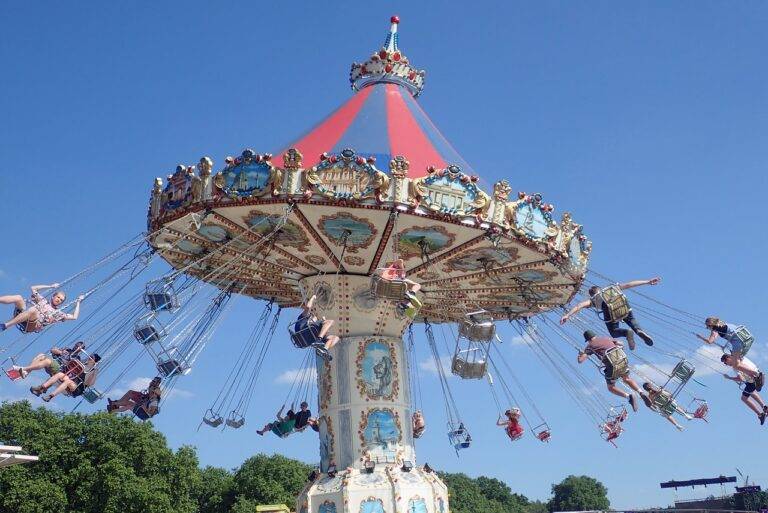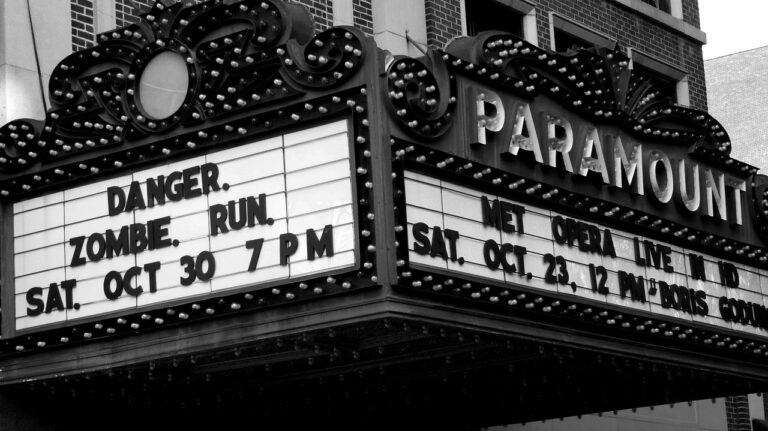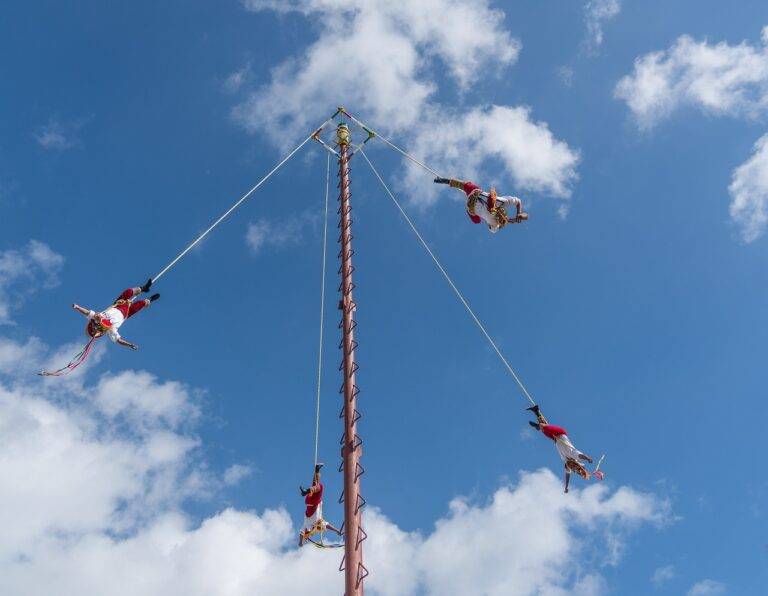The Evolution of Animation Techniques in CGI Films
Artificial intelligence (AI) has revolutionized the way animation production is approached in the industry. With the ability to analyze vast amounts of data quickly and efficiently, AI tools have streamlined the animation process, making it more cost-effective and time-efficient. Tasks that were once labor-intensive, such as rendering and character animation, can now be automated through AI-powered tools, freeing up animators to focus on more creative aspects of their work.
In addition to improving efficiency, AI has also opened up new creative possibilities in animation production. Machine learning algorithms can generate realistic movements and expressions for characters, enhancing the overall quality of animations. This has allowed animators to experiment with new styles and techniques, pushing the boundaries of what is possible in the world of animation. As AI continues to advance, its influence on animation production will only grow, shaping the future of the industry in exciting and innovative ways.
Exploring Virtual Reality and Augmented Reality in CGI Animation
Virtual reality (VR) and augmented reality (AR) are revolutionizing the world of CGI animation. VR allows animators to fully immerse themselves in a virtual environment, providing a unique perspective and enhancing their creative process. By wearing a VR headset, animators can visualize their creations in a 3D space, enabling them to make more informed decisions on camera angles, lighting, and character movements.
AR, on the other hand, superimposes computer-generated images onto the real world, offering a new level of interactivity and engagement in CGI animation. Animators can use AR technology to overlay digital elements onto physical objects or scenes, blurring the lines between the virtual and physical worlds. This innovative approach opens up endless possibilities for storytelling and allows for seamless integration of CGI elements into live-action footage.





